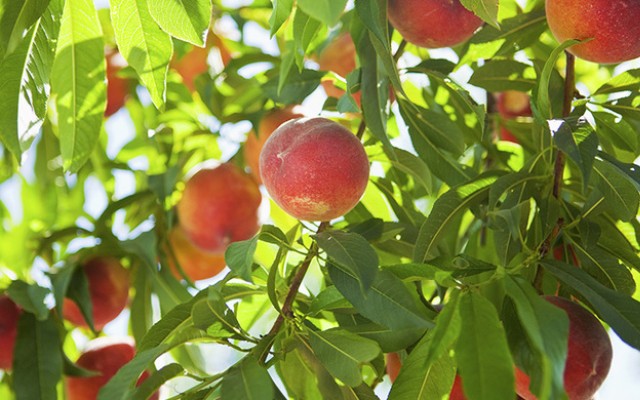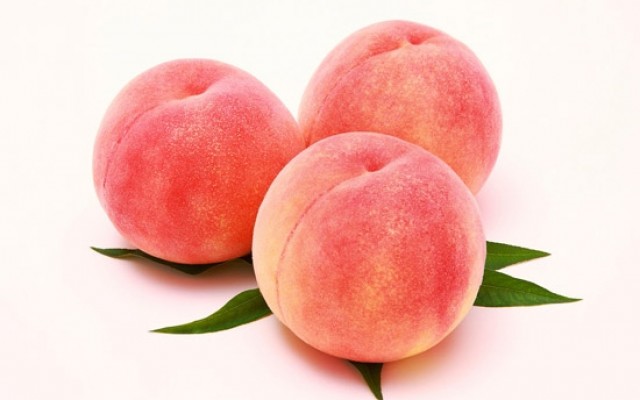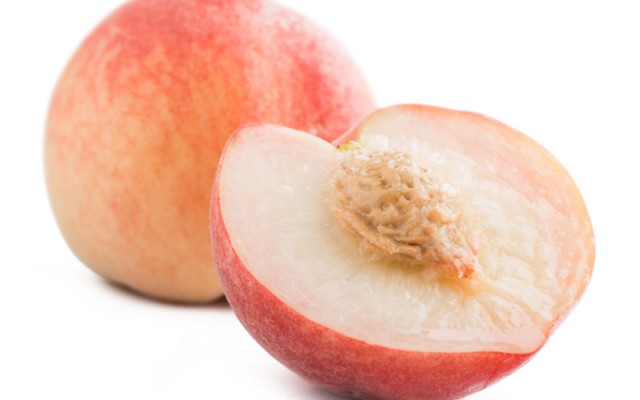Rosaceae, Peach. Deciduous small trees; leaves are narrowly elliptical to lanceolate, apex growing and finely tipped, margins with fine teeth, dark green luster, leaf base with nectaries, weight 280 g, maximum 415 g, fruit round . Full of bright red, fleshy white, crisp and hard, resistant to storage. It has a sugar content of 15%, high sugar, rich flavor, self-sufficiency and early high yield.
The gum secreted on the trunk of peach, commonly known as peach gum, can be used as a binder. The flesh is rich in protein, fat, sugar, calcium, phosphorus, iron and vitamin B, vitamin C, carotene, organic acids (mainly malic acid and citric acid) and a lot of water. These ingredients can supplement the body's nutrition. need. In addition, peaches contain more potassium and less sodium, so they are suitable for patients with edema and iron deficiency anemia.
The efficacy and effect of eating are also large. Appropriate eating of peaches can cause dry cough, hemoptysis, chronic fever, night sweats, etc. in chronic bronchitis, bronchiectasis, pulmonary fibrosis, atelectasis, silicosis, tuberculosis, etc. The health effects of Yinshengjin, qi and lungs.






